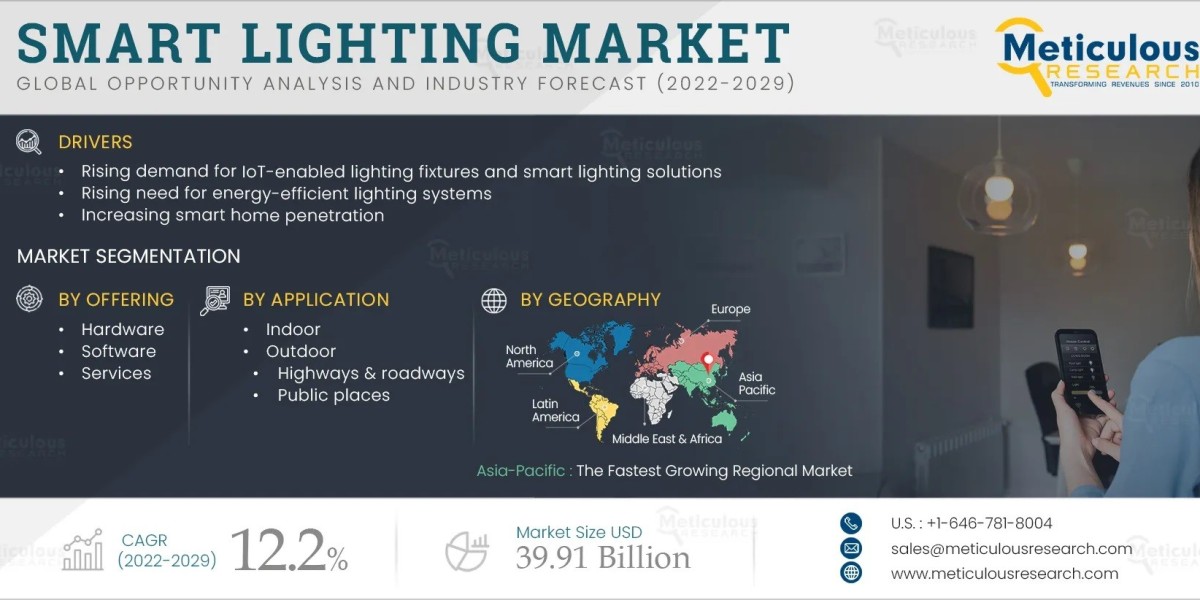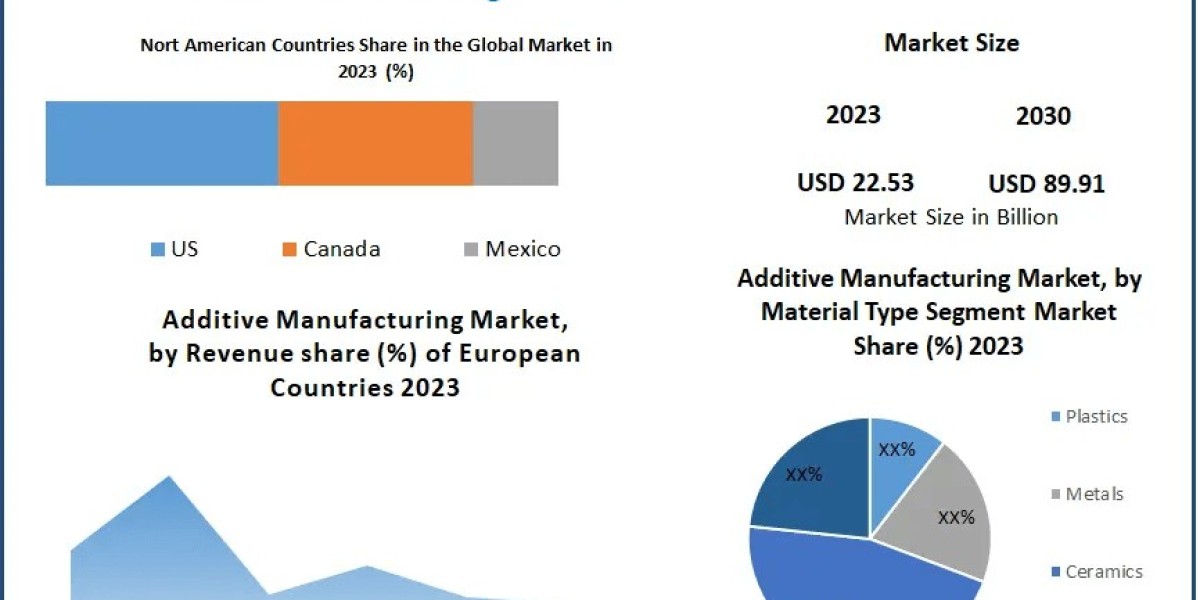According to the latest report by Meticulous Research®, the global Smart Lighting Market is set to grow at a remarkable compound annual growth rate (CAGR) of 12.2% from 2022 to 2029, reaching an estimated value of $39.91 billion by the end of 2029. This rapid growth can be attributed to several key factors, including the rising demand for Internet of Things (IoT)-enabled lighting systems, increasing penetration of smart home solutions, and the growing need for energy-efficient lighting technologies. Furthermore, the shift from traditional lighting to connected lighting systems and the rising adoption of smart city projects are providing new opportunities for expansion in the market. However, the high upfront costs associated with smart lighting products and accessories could hinder market growth to some extent.
Download Sample Report : https://www.meticulousresearch.com/download-sample-report/cp_id=5362
Connectivity Mode Segmentation
The market is further segmented by connectivity mode into wired, wireless, and hybrid systems. Wireless connectivity is sub-segmented into Bluetooth, Wi-Fi, and other wireless standards. In 2022, the wired segment accounted for the largest share of the global smart lighting market, primarily due to the higher reliability of wired connections, which experience minimal signal interference or disruption. However, wired systems lack the flexibility that wireless systems offer, prompting a gradual consumer shift toward wireless alternatives.
The hybrid connectivity mode, which combines the reliability of wired connections with the flexibility of wireless systems, is expected to grow at the fastest rate. This hybrid approach is gaining traction due to its ability to offer both dependable connections and the convenience of wireless technology, making it an appealing choice for consumers and businesses alike.
Application Segmentation
Based on application, the smart lighting market is divided into indoor and outdoor segments. In 2022, the outdoor segment held the largest share of the global market and is expected to maintain the highest growth rate over the forecast period. Several factors contribute to this dominance, including the increasing adoption of energy-efficient lighting for outdoor spaces, government initiatives promoting energy conservation, and the expansion of smart city projects that incorporate advanced lighting systems. The reduction in LED prices and the increasing use of LEDs in outdoor lighting applications, such as highways, roadways, public spaces, and architectural lighting, further boost the market for outdoor smart lighting solutions.
Buy Now : https://www.meticulousresearch.com/Checkout/94877387
Regional Insights
Geographically, the smart lighting market is segmented into North America, Europe, Asia-Pacific, Latin America, and the Middle East & Africa. Europe held the largest market share in 2022, driven by factors such as heightened awareness of energy conservation, supportive government policies promoting energy efficiency and environmental sustainability, and high disposable income levels. In Europe, smart lighting solutions are increasingly being deployed across residential, commercial, and governmental sectors, contributing to the region's market growth.
Asia-Pacific, on the other hand, is expected to experience the fastest growth over the forecast period. The region has seen a surge in government-led initiatives aimed at promoting energy-efficient lighting systems, alongside a rising number of smart city projects and increased investments in public infrastructure. These developments, coupled with the rapid urbanization and growth of smart homes in countries like China and India, are driving the smart lighting market's expansion in the Asia-Pacific region.
Opportunities and Challenges
The smart lighting market presents significant opportunities for growth, particularly in the context of smart city developments and the increased integration of IoT technologies. As more cities worldwide prioritize energy efficiency and sustainability, the demand for advanced lighting systems that reduce energy consumption while enhancing the overall quality of life is expected to rise. Additionally, smart lighting offers unique advantages such as automated lighting control, energy monitoring, and even data collection, which can be leveraged in various applications, from residential homes to public infrastructure.
However, despite the promising opportunities, the high initial cost of smart lighting systems poses a challenge for widespread adoption. Although these systems offer long-term savings on energy bills, the upfront investment for installation, along with the cost of supporting hardware and software, may deter some consumers and businesses from transitioning to smart lighting solutions.
Customize My Report : https://www.meticulousresearch.com/request-customization/cp_id=5362
Key Players:
The key players operating in the smart lighting market are Signify Holding (Netherlands) [formerly known as Philips Lighting N.V, Legrand (France)], Acuity Brands, Inc. (U.S.), Lutron Electronics Co., Inc (U.S.), Leviton Manufacturing Co., Inc. (U.S.), Zumtobel Group (Austria), Honeywell International Inc. (U.S.), Hubbell Incorporated (U.S.), GE Current (U.S.), Dialight plc (U.K.), Cree Lighting (U.S.), [a subsidiary of Ideal Industries, Inc. (U.S.)], Enlighted Inc. (U.S.) [a subsidiary of Simens AG (Germany)], Panasonic Holdings (Japan), LightwaveRF PLC (U.K.), RAB Lighting Inc. (U.S.), Synapse Wireless (U.S.), Syska LED (India), Wipro Enterprises (India), LG Electronics (South Korea), and ABB Ltd (Switzerland).
Contact Us:
Meticulous Research®
Email- sales@meticulousresearch.com
Contact Sales- +1-646-781-8004
Connect with us on LinkedIn- https://www.linkedin.com/company/meticulous-research








